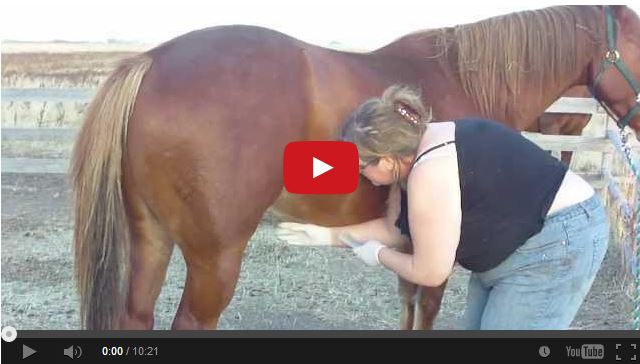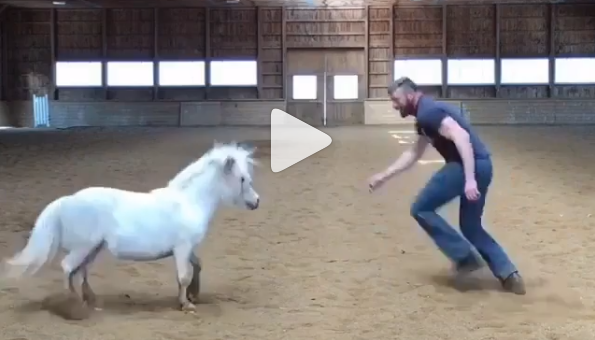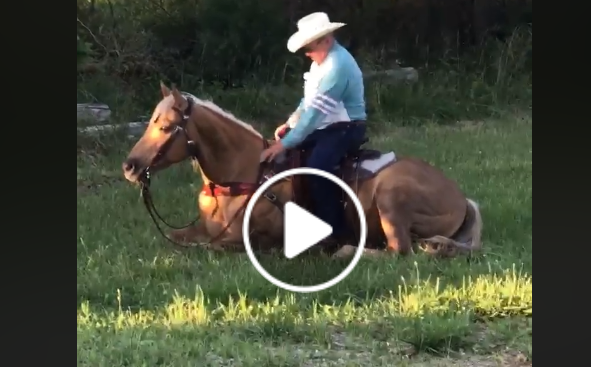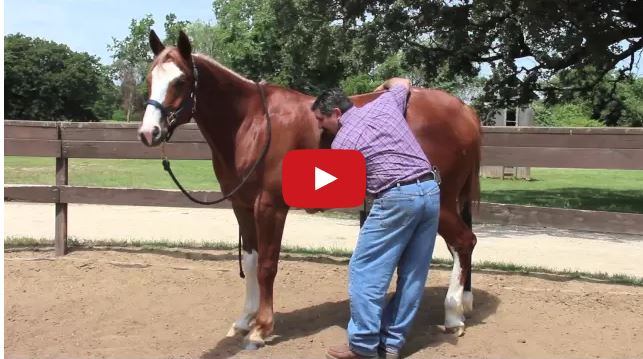7 Easy Ways To Help Prevent Equine Colic
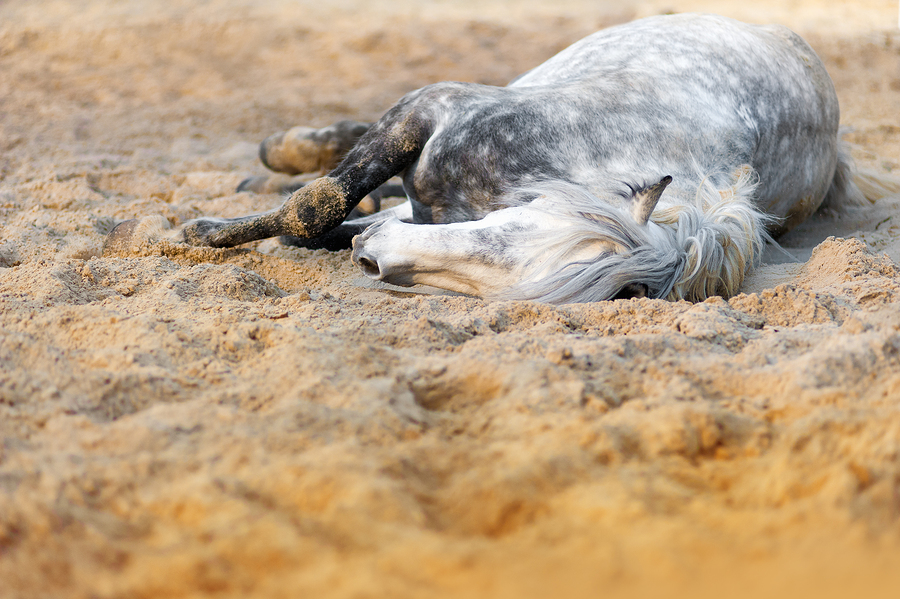
Colic is responsible for more deaths in horses than any disease group except for old age. In the domestic population, horse mortality from all types of colic was 0.7 deaths per 100 horses per year [i]. Despite its common occurrence, the cause is rarely diagnosed. Following are easily implemented measures to decrease the risk of colic:

1) Feed loose salt to avoid dehydration in supplements/grain to ensure consumption; 2 tablespoons minimum per day for a 1,000 pound horse, additional depending on weather and loss from sweat. In addition offer free choice loose salt. Salt blocks were designed for cattle that have a much rougher tongue; your horse may not be able to consume their minimum salt requirements. Correct sodium balance in the horse is necessary for proper thirst response and body water equilibrium (electrolytes and hydration). The vast majority of diets do not provide sufficient sodium without supplementation. This can greatly reduce the risk of impaction colic due to dehydration.
2)Parasite control; cecal impaction from tapeworms, or damage to the blood supply of the intestines from chronic infestation of parasites are causes of colic. Fecal flotation tests are not an accurate method to determine tapeworm or small encysted strongyle populations.
Picture
3)Free choice forage; optimal digestion and fermentation requires consistent ingestion and movement (avoid confinement). Mobility stimulates gut motility. Promoting consistent fermentation and a healthy population of beneficial bacteria, effectively keeping the hindgut weighted (to discourage twisting and encourage continued travel of undigested material motile). Muscles responsible for movement of the gut are better toned when utilized and can atrophy.
-Feeding meals of hay consumed too quickly results in large amounts of dry matter lacking sufficient saliva to forage ratio combined with large particle sizes from not properly masticating indigestible fiber. Consider slow feeders to increase chew time and further reduction of particle size. Chewing activates saliva production which provides moisture and aids in digestion.
-If you are concerned about caloric intake, offer tested low sugar/starch straight grass hay (NSC 10% or less), a well-balanced diet and routine exercise. Experiment with slow feeders to determine the smallest mesh size that enables your horse to extract hay without being frustrated. Frustration is counterproductive; it causes stress!
4)Feed from ground level. A natural grazing position allows the mandible (jaw bone) to come down and forward in the atlantoaxial and temporomandibular joints. This enables the mandible to move up and down, side to side, forward and back without any restriction; facilitating natural wear of teeth along with optimum mastication and reduction of particle size.

5)Routine dental exams; including all ages for retained caps, lost and/or broken teeth, abnormal or uneven bite planes, infected teeth and/or gums, periodontal disease and hooks which are sharp protrusions of teeth that can penetrate the opposing gum. Any condition causing pain can discourage required chew time necessary for proper digestion and may induce colic and/or choke. Optimal mastication (grinding) requires significant unobstructed motion of the jaw. Miniature breeds are especially susceptible to genetic deformities; they have the same number of teeth but whether they all fit in the reduced head size and line up properly is of concern.
6)Fresh clean water available at all times. Buckets and tubs should be cleaned and changed daily. In colder climates heat the water to at least 45 degrees Fahrenheit. The quality of your horse’s water should be equivalent to that of a human!
7)Avoid feeding hay pellets as a primary source of forage. The already reduced particle size does not provide the volume of indigestible fiber to properly keep the gut motile and weighted. In addition, the quality of hay (including mold and noxious weeds) is not visible after the processing occurs. Of course, there are exceptions for individuals not able to masticate proficiently (typically older horses) due to dental challenges.
Being proactive to reduce or eliminate the occurrence of colic is far more productive than being reactive. Eliminating probable causes is far less mental and financial stress for you and less physical distress for your horse.
References:
[i]Nathaniel A. White II DVM, MS, Diplomate ACVS , Prevalence, Demographics, and Risk Factors for Colic, retrieved from vetmed.vt.edu.
Written By, Monique Warren, owner of TheHayPillow.com. Portable, inexpensive and simply the best slow feed choice for your horse.. Share this on Facebook if you agree!
When it comes to colic, being proactive is definitely the best way to go. Share this on Facebook if you agree!

